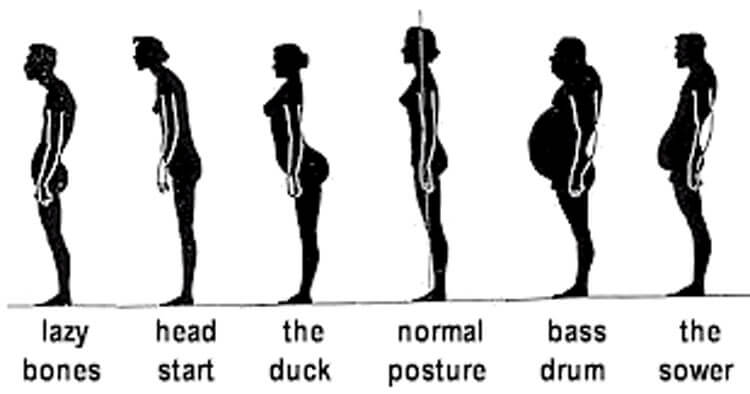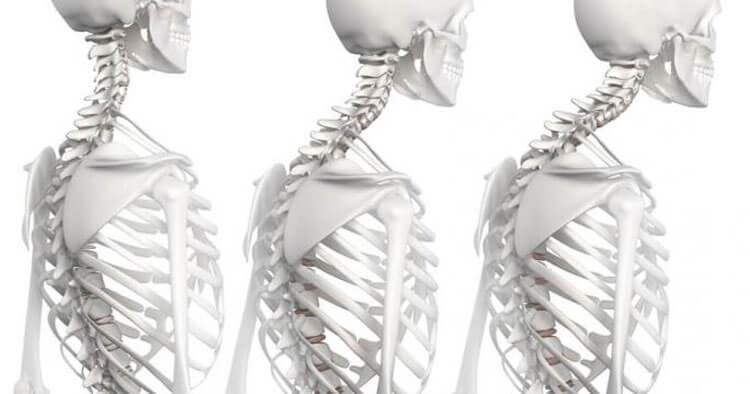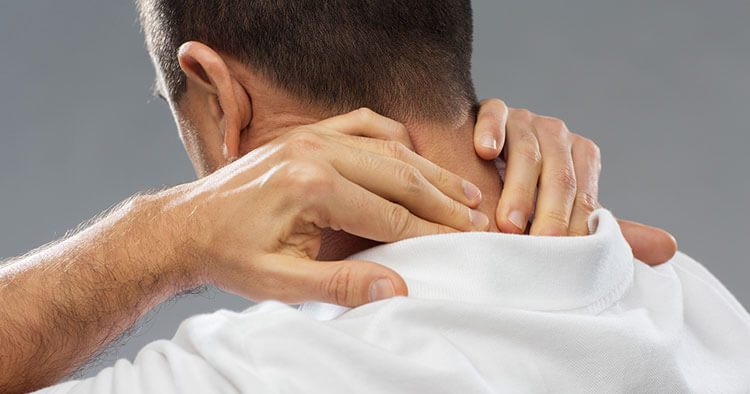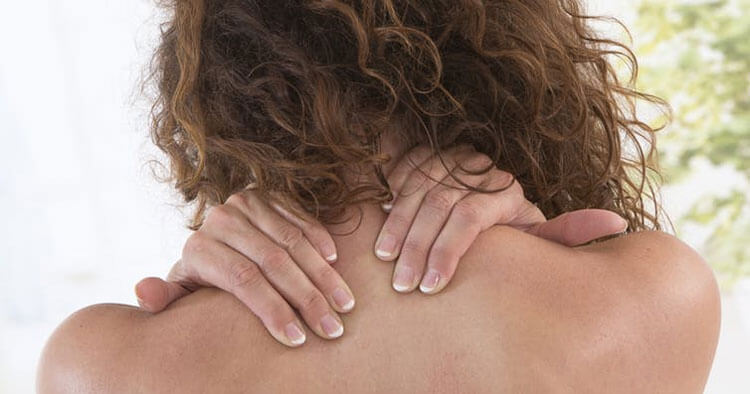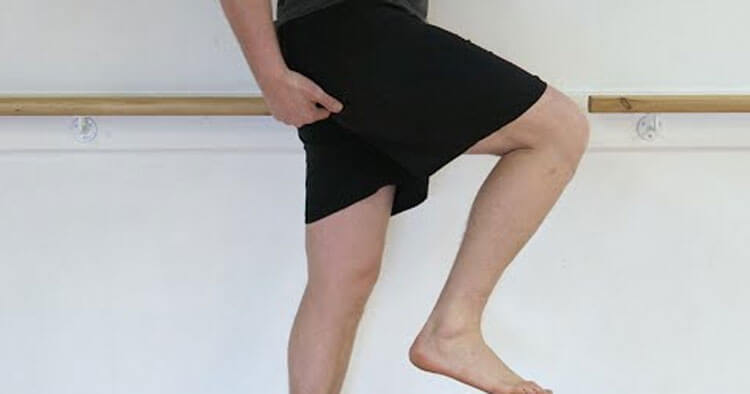Treatment For Sway Back Posture Individuals with a sway back posture will frequently complain of experiencing discomfort worsening with prolonged periods of standing, or slow walking such as standing at a concert, or shopping and will often find themselves regularly shifting position when standing to ease any discomfort. From a physiotherapy standpoint treatment for sway… Read More >
Category Archives: Back and Joint Pain
What Is Sway Back Posture? Sway back posture is a very common postural variation. With “ideal” posture in standing being such that if you draw an imaginary line from your head all the way to the ground, your ear, shoulders, pelvis and ankles should all be stacked up within the same line. With a sway… Read More >
Causes Of A Kyphotic Thoracic Spine Aside from the common postural kyphosis there are a number of other causes of kyphosis of the thoracic spine. Some of the other common causes include Scheuermann’s Disease, traumatic kyphosis and an osteoporosis-related kyphosis to name a few and each will be discussed briefly below. Structural Kyphosis Unlike a… Read More >
What Is A Thoracic Kyphosis? When viewed from side on, your spine is not a straight line but has curves. These curves are referred to as a kyphosis, or lordosis. The spinal curves ideally work together to “cancel” out each other, so that the net result when standing is that we are nicely balanced with… Read More >
What Is A Kyphosis? A kyphosis when viewing the spine from side on refers to the outward curvature of the spine, the convex curve of the back. Inward and outward curves of the spine are normal and desirable as the work to balance the head and distribute load evenly throughout the spine. These curves are… Read More >
What Happens If You Leave Your Neck Hump Untreated? What happens if a neck hump is left untreated? If left, a neck hump can become a major issue. When your head sits further forward on your spine than was anatomically intended to your body must find a way to cope with all this extra load… Read More >
What Is A Dowager’s Hump? A dowager’s hump is the common name given to a hump that can form at the base of the neck. Traditionally this “hump” is mostly frequently seen in older women, but is also seen in men and occasionally younger adults. Medically rounding of the spine is referred to as a… Read More >
What Is Skier’s Thumb? Skier’s thumb also known as gamekeeper’s thumb is a tear to the ulna collateral ligament (UCL). This ligament is commonly injured as the result of a sudden ulnar-deviating, or hyperextending force applied to the thumb by the straps of a ski pole during a fall, which is where the injury draws… Read More >
High Hamstring Tendinopathy More commonly hamstring injuries are acute muscle strains felt in the “belly” of the muscle (often the biceps femoris muscle), however the hamstring is also vulnerable to stress near their origin at the ischial tuberosity. Issues in this part of the hamstring are referred to as being a high hamstring tendinopathy, or… Read More >
Carpal Tunnel Syndrome, A Condition Common In Pregnancy Carpal Tunnel Syndrome experienced during pregnancy is typically only a mild and temporary episode. With symptoms generally resolving soon following giving birth. However, some women may suffer with more severe symptoms, lasting several months, going on to cause discomfort postpartum and is often made worse when performing… Read More >



